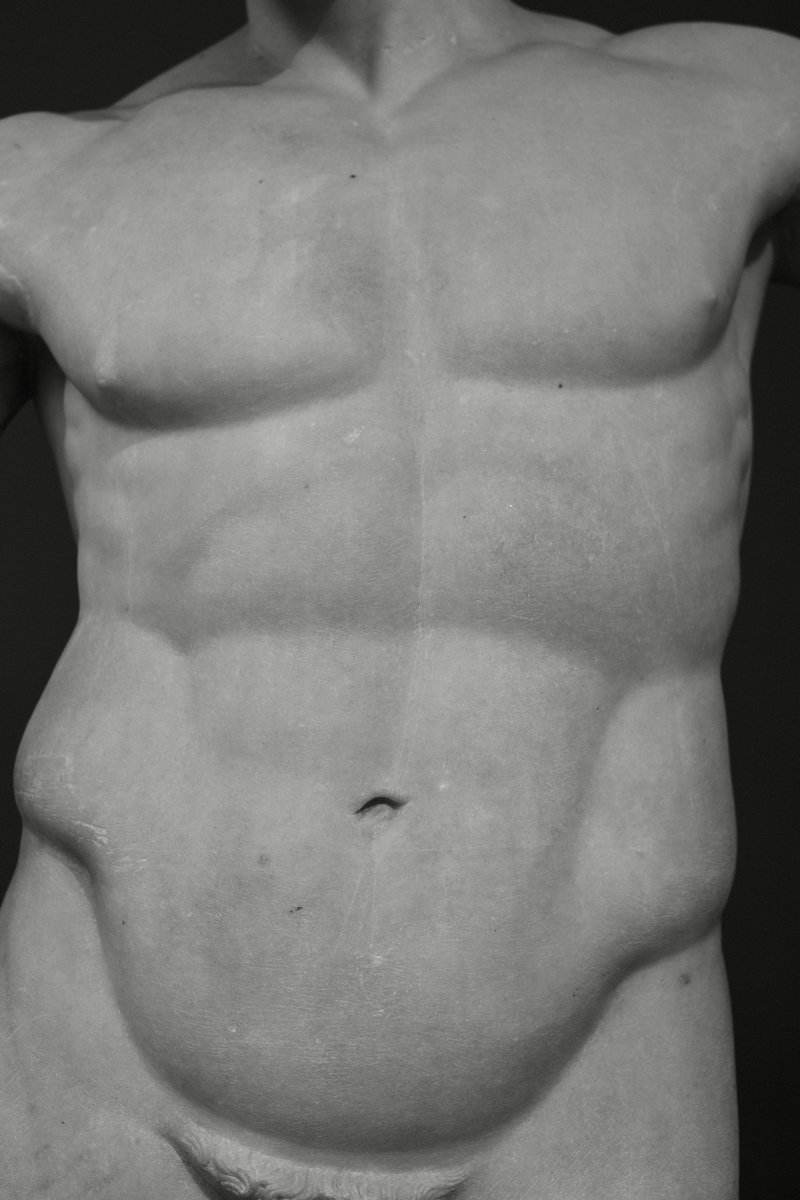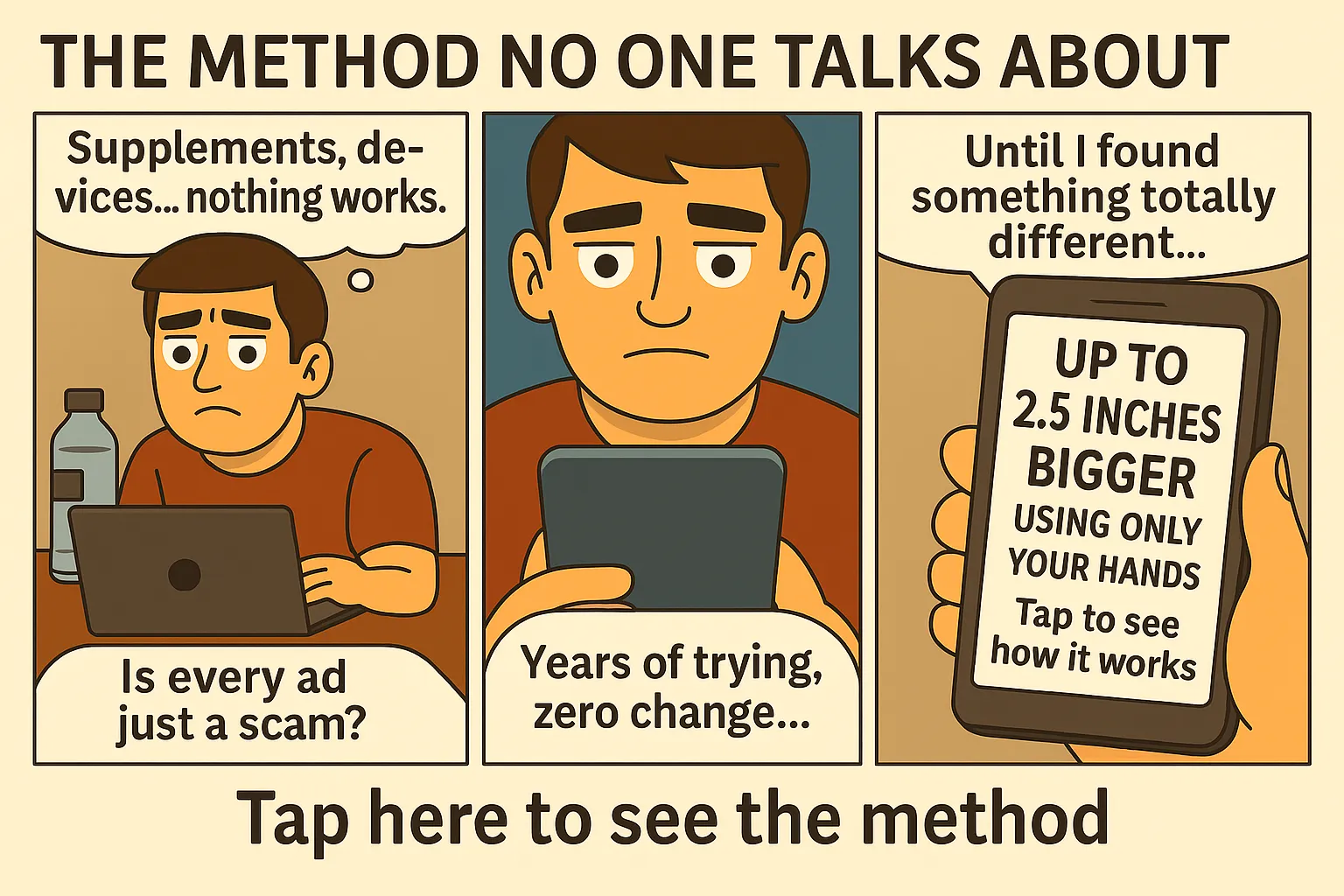Sound Frequencies Are Hijacking Your Testosterone ⚡
Sound healing has been used for centuries to restore mental and physical balance — but could it actually influence testosterone levels and masculine energy? Emerging science suggests that specific sound frequencies might affect our hormonal systems, including those responsible for testosterone production, stress reduction, and performance enhancement.
The Science of Sound and the Human Body
Sound is vibration. Every cell in your body responds to frequency. Modern studies using functional MRI and EEG scans have revealed that exposure to certain frequencies can activate the hypothalamus and pituitary gland — two master controllers of hormone production. This means that the sounds you expose yourself to might have a direct impact on your endocrine system.
Sound Healing and Testosterone: What’s the Link?
While research is still in early stages, studies have shown that low-frequency sound waves can reduce cortisol — the stress hormone that suppresses testosterone. In animal trials, exposure to rhythmic low-frequency vibrations led to increased testosterone synthesis. In humans, relaxation-based sound therapy, such as binaural beats, has been shown to improve sleep quality and reduce anxiety — two major factors that influence testosterone.
How Stress Sabotages Your Hormones
Chronic stress is one of the most destructive forces against testosterone. It triggers the release of cortisol, which signals the body to reduce anabolic hormone production — including testosterone. Sound healing can lower cortisol levels by shifting the brain into a parasympathetic (rest and digest) state, allowing the body to resume normal hormone production.
Sound and Sleep: A Hidden Path to Testosterone Growth
Deep, uninterrupted sleep is where the majority of your testosterone is produced. Sound-based tools like white noise, ambient tones, or low-frequency pulses help the brain enter and maintain REM and slow-wave sleep stages. Better sleep equals more testosterone — and sound is a direct path to improving both.
Types of Sound Healing That Support Hormonal Health
- Binaural Beats: Use slightly different frequencies in each ear to shift brainwaves. Delta (0.5–4 Hz) and theta (4–8 Hz) frequencies are linked to deep relaxation and sleep — both essential for testosterone synthesis.
- 432 Hz Music: This frequency is said to resonate with the body’s natural vibrations, promoting calm and balance. Some believe it enhances hormonal harmony.
- Solfeggio Frequencies: Ancient tones (like 528 Hz) used in meditation and healing rituals. They are believed to restore internal equilibrium and reduce stress.
- Low-Frequency Sound Baths: Involve gongs, bowls, or specially tuned instruments to bathe the body in vibration — encouraging relaxation and nervous system reset.
Using Sound Healing in Your Testosterone Routine
To integrate sound healing into your daily practice, start with a 10–20 minute session before bed. Use binaural beats or low-frequency ambient sounds through headphones. Pair this with blackout curtains and a cool, dark room to create a testosterone-friendly sleep environment.
What the Biohacking Community Is Saying
Biohackers are experimenting with sound as a daily tool for recovery and performance. Some report better morning energy, deeper sleep, and improved focus after consistent use of sound therapy apps or in-person sessions. Platforms like Brain.fm, Endel, and YouTube offer tracks tailored to hormonal restoration, stress relief, and focus.
Morning Sound Priming
Certain frequencies can help start your day strong. Try listening to upbeat alpha-wave soundscapes (8–12 Hz) during morning movement or journaling. Pair with early sunlight exposure to double your circadian rhythm boost — as explored in this guide on light pollution and testosterone.
Masculinity Beyond Hormones
While testosterone plays a vital role in physical and mental traits of masculinity, true masculine energy also includes clarity, decisiveness, focus, and direction. Sound therapy may help clear mental fog, sharpen awareness, and reduce anxiety — unlocking more than just hormonal benefits.
Spiritual Practices and Modern Science Aligning
Many ancient traditions used chants, drums, and flutes as part of male initiation rituals. These weren’t just symbolic — they tapped into rhythm and resonance to create altered states of awareness, internal clarity, and biological readiness. Now, with modern tools, we can replicate and refine those practices using targeted sound frequencies.
Final Thoughts: Listen to Gain Power
Sound is an invisible ally in your journey to higher testosterone and sharpened masculinity. Whether you use it to enhance sleep, calm stress, or energize your mind, the right frequencies may support the hormonal balance you’ve been seeking. Don’t underestimate what vibration can unlock.
Scientific Studies on Sound and Hormonal Shifts
Although still a niche area, studies have shown measurable biological effects from exposure to controlled frequencies. A study from the International Journal of Neuroscience found that delta and theta binaural beats improved sleep quality, lowered cortisol, and indirectly supported testosterone production. Another trial published in Music and Medicine observed reduced anxiety markers in participants after daily 20-minute sound baths — which is significant because chronic anxiety is tightly linked to suppressed testosterone.
Vibration Therapy and Endocrine Function
Low-frequency vibration has also been used in physical therapy and rehabilitation. Trials show increased blood circulation and improved hormone sensitivity in patients using vibration plates or acoustic stimulation devices. These findings hint at a broader application of sound as a modulator of hormonal and physical performance — beyond mental health benefits.
How to Build Your Sound Healing Routine
Integrating sound into your lifestyle doesn’t require expensive equipment or training. Here’s how to start:
- Night Routine: Use headphones with binaural beats (delta/theta) while lying in a dark room with blackout curtains.
- Morning Primer: Alpha-wave music during stretching or walking, paired with sunlight to sync hormones.
- Midday Reset: 10-minute solfeggio frequency meditation to lower cortisol.
- Weekly Deep Session: Attend a local sound bath or use a full-length sound healing track to immerse your body in resonance.
Tools and Apps That Make It Easy
Top sound healing tools and apps include:
- Brain.fm: AI-generated soundscapes optimized for focus, relaxation, and recovery.
- Insight Timer: Free app with thousands of frequency-based meditations.
- Endel: Personalized rhythms for sleep and alertness based on your environment.
- YouTube: Channels offering 432 Hz, 528 Hz, and other tones designed for hormonal balance and healing.
How Sound Affects Brainwaves and Hormone Regulation
Brainwaves regulate everything from focus to sleep to hormone release. The five major types of brainwaves — delta, theta, alpha, beta, gamma — can all be influenced by sound. Here’s how they impact hormone function:
- Delta (0.5–4 Hz): Deep sleep and testosterone synthesis
- Theta (4–8 Hz): REM sleep, creativity, emotional processing
- Alpha (8–12 Hz): Calm alertness, good for lowering cortisol
- Beta (13–30 Hz): Focus, problem-solving, but may increase stress if dominant too long
Matching Frequencies to Your Goals
If your goal is recovery and testosterone production, focus on delta and theta during evening hours. For clarity and productivity, use alpha waves in the morning. Avoid excessive beta frequencies at night — they can keep your brain overstimulated and cortisol elevated.
Your 7-Day Sound Healing Plan for Testosterone Support
Want to try sound healing for hormonal enhancement? Follow this weekly protocol:
- Monday: 15 minutes of theta binaural beats before bed
- Tuesday: Morning alpha wave soundtrack + light walk
- Wednesday: Midday solfeggio meditation (528 Hz)
- Thursday: Sleep session with delta frequency ambient sounds
- Friday: Breathwork with soundscape in background
- Saturday: Full 45-minute sound bath session (online or in person)
- Sunday: Reflective journaling with 432 Hz music
Stacking Sound With Other Biohacks
For best results, combine sound therapy with:
- Resistance training 3–4x/week
- Intermittent fasting or time-restricted eating
- Sunlight exposure and grounding
- Daily movement rituals for hormonal balance
- Dark, uninterrupted sleep environments
Closing Note: Tune Into Power
Masculinity today is under pressure — physically, mentally, and hormonally. But through sound, you can tap into your body’s ancient blueprint for recovery, strength, and clarity. Sound healing is not woo-woo — it’s wave-based biology. Used correctly, it can sharpen your mind, lower your stress, and energize your masculine edge.
If you want to unlock your peak potential, get the complete testosterone performance protocol here.
Common Mistakes Men Make With Sound Healing
Like any tool, sound must be used correctly to deliver results. Avoid these common pitfalls:
- Inconsistent practice: Benefits build with repetition. Daily exposure matters.
- Using wrong frequencies at wrong times: Delta at night, alpha in the morning. Stay in sync with your goals.
- Listening through low-quality speakers: Use headphones or hi-fi systems to feel the full frequency range.
- Multitasking during sessions: Focus and stillness enhance the hormonal effects of vibration.
Checklist: Sound Setup for Hormonal Optimization
Run through this checklist before you start your next sound healing session:
- ☑ Headphones or quality speakers ready
- ☑ Space quiet and distraction-free
- ☑ Correct frequency selected (delta, theta, alpha)
- ☑ Session scheduled consistently (same time each day)
- ☑ Room dark or dimmed to support hormonal state
Sound as a Lifestyle Enhancer
Once integrated, sound healing becomes more than a tool — it becomes part of your masculine routine. Whether it’s recovery, deep sleep, clarity, or energy you’re after, sound offers a direct, affordable path to hormone harmony and performance alignment.
FAQs on Sound Frequency and Testosterone
Can sound healing actually influence testosterone levels?
Yes. Certain frequencies (like 528 Hz or 432 Hz) promote relaxation and increase parasympathetic activity, reducing cortisol and indirectly supporting testosterone production.
How often should sound healing be used for hormone support?
3 to 5 sessions per week of 10–30 minutes, especially post-workout or before sleep, is ideal for hormonal reset and nervous system recovery.
🎶 Frequencies and Their Effects on Male Hormones
| Frequency | Hormonal Impact | Ideal Timing |
|---|---|---|
| 432 Hz | Calms nervous system, lowers cortisol | Evening or during meditation |
| 528 Hz | Cellular repair, deep hormonal reset | Post-workout or nap |
| Alpha/Beta Binaural Beats | Improves focus, supports testosterone indirectly | Morning or task transitions |
 Does Sound Frequency Impact Masculinity and Testosterone? – strength and sexual wellness theme – via supremepenis.com
Does Sound Frequency Impact Masculinity and Testosterone? – strength and sexual wellness theme – via supremepenis.com







